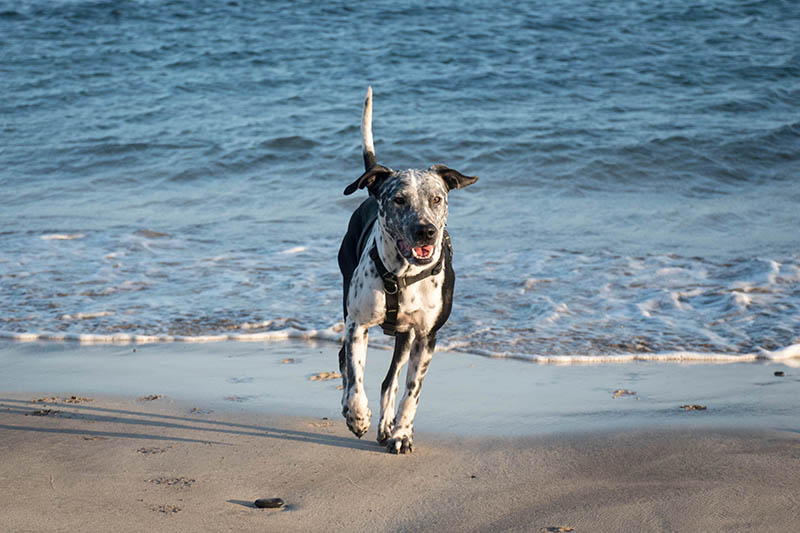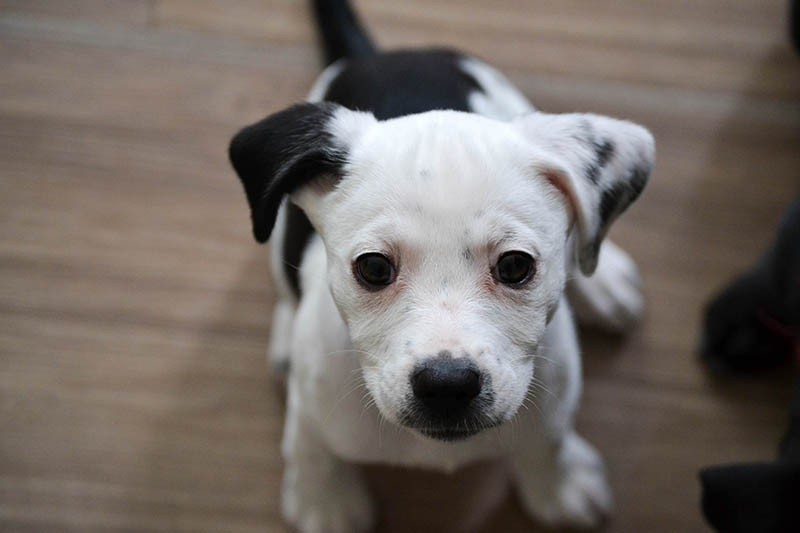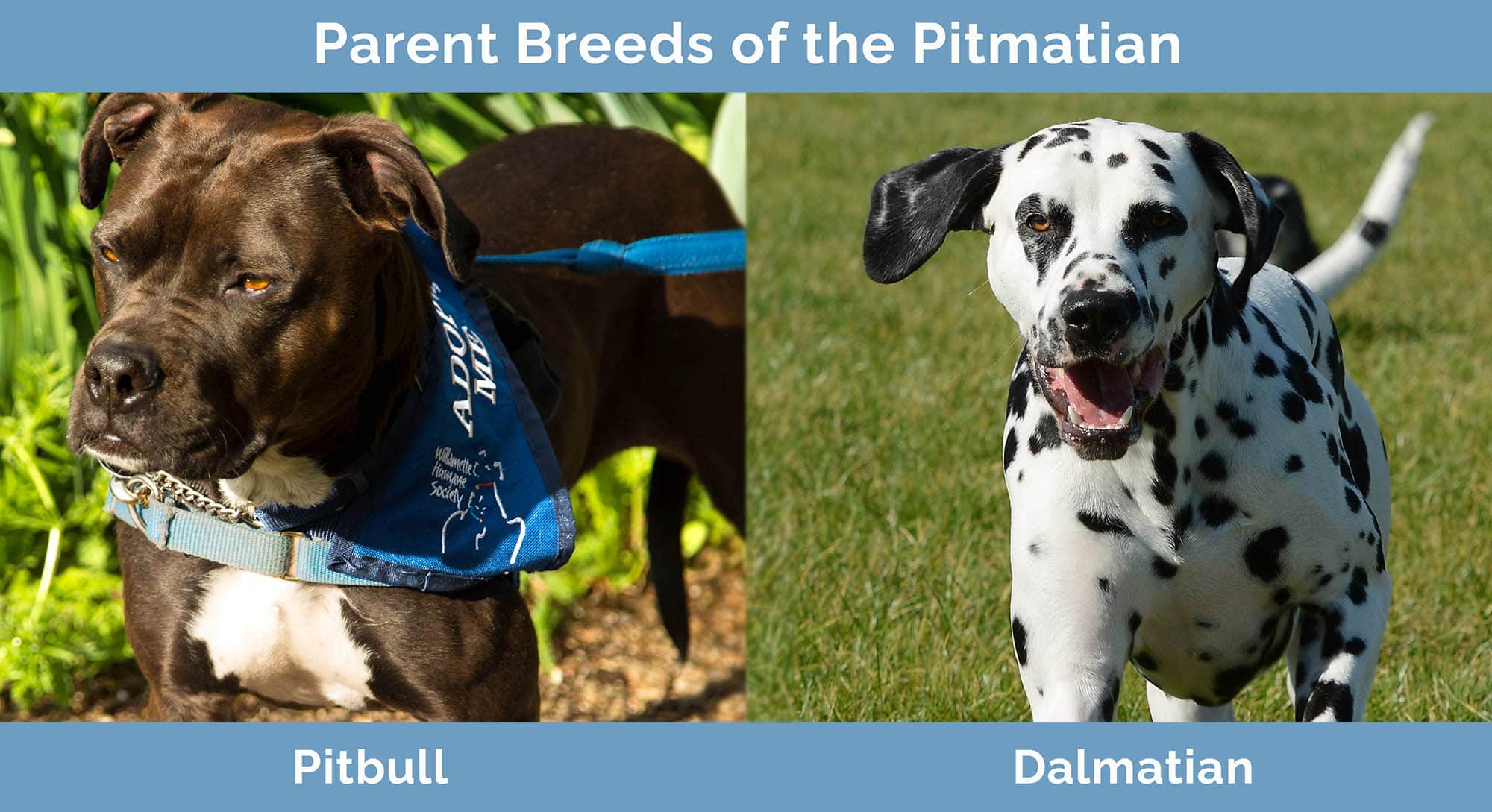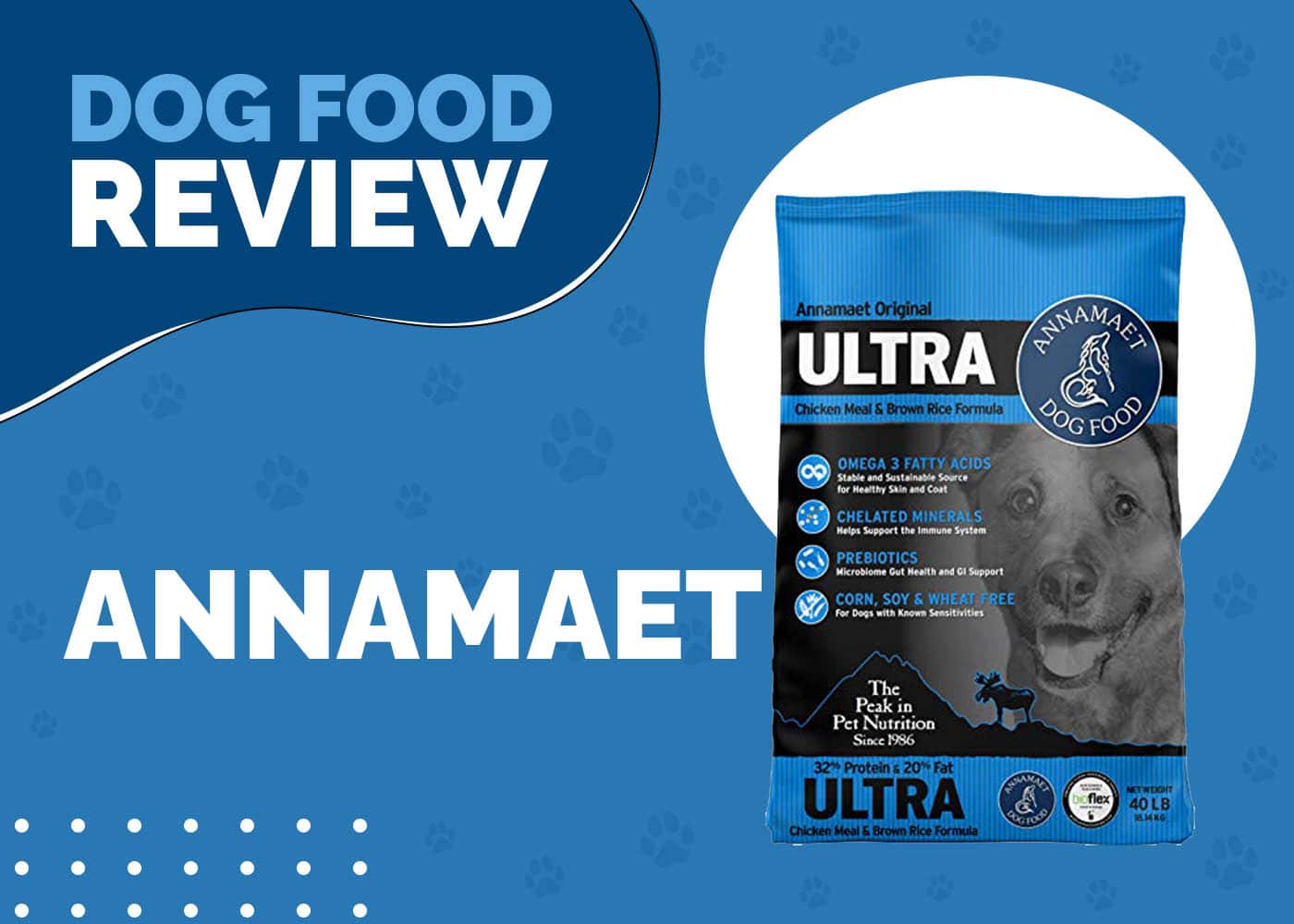Pitmatian (Pitbull & Dalmatian Mix): Pictures, Temperament & Traits
By Grant Piper
Updated on

Pitbulls and Dalmatians are two popular and iconic dog breeds. What happens when you breed them together? A Pitbull and Dalmatian mix is called a Pitmatian (or Pitmation), and they have a unique appearance and potentially prickly temperament. People who like Pitbulls and or Dalmatians have the potential to absolutely adore Pitmatians as they take some of the best traits from both breeds and combine them together.
Here is everything you need to know about Pitmatians, including their characteristics, temperament, care guide, and fun facts.
| Height: | 18–24 inches |
| Weight: | 40 – 70 pounds |
| Lifespan: | 12-15 years |
| Colors: | White with black or brown (liver) spots; Black and white |
| Suitable for: | An experienced dog owner looking for a unique active crossbreed |
| Temperament: | Affectionate and loyal but also stubborn and protective |
The Pitmatian is a mixed breed between a Pitbull and a Dalmatian. These dogs have the potential to be vocal guard dogs, strong protectors, or energetic companions. Depending on your personal preference, temperament, or family situation, these dogs can fill any one of these particular roles. Pitmatians are best owned and handled by dog owners who preferably have experience with either Pitbulls or Dalmatians.
Pitmatian Breed Puppies

Pitbull Dalmatian mix puppies are very cute. They have the general shape of a Pitbull and the coloring and spots of a Dalmatian. These puppies are extremely energetic and need lots of attention, exercise, and playtime to thrive.
Pitmatian puppies are not common. If you want a Pitmatian of your own, you will need to do some searching and digging. The best way to find someone with Pitmatians is to look into online groups (Facebook, Craigslist, etc.) and target people who are into Pitbulls and or Dalmatians. If you have your own Dalmatian or Pitbull, you can link up with someone who has the opposite dog and try and make a breeding arrangement.
Since Pitmatians are not American Kennel Club registered and are generally not an accepted breed, they do not appear in pet shops or with purebred breeders.

Temperament & Intelligence of the Pitmatian
Pitmatians have a unique temperament that can be hard to handle for people who are unprepared. Pitmatians can be extremely loyal to their owners. They grow very attached to their families. But they can also be stubborn, protective, anxious, and potentially aggressive.
Pitmatians are moderately intelligent, which makes them trainable on a basic level. However, their hard headed nature and their anxiety can make them difficult to train for people who do not have experience in such matters. Pitmatians need a firm hand and a knowledgeable owner to thrive.
Dalmatians and Pitbulls both have the propensity to be socially anxious. Anxiety can make the Pitmatian skittish, aggressive, and hard to handle. It is important to socialize your Pitmatian to try and get a handle on potential anxious or aggressive behaviors.
Are These Dogs Good for Families? 👪
Pitmatians can be good for families, but the situation has to be the right one. Pitmatians can be very sweet and loving towards their people. However, Pitmatians can also be bad around small children and other pets. A dog-loving family with older kids that has the time to exercise and play with their Pitmatian will have a great time with this mixed breed. However, a family with small kids, other pets, or a busy schedule that does not allow them to focus on their Pitmatian might struggle rather than thrive.
Does This Breed Get Along With Other Pets?
Not really. Pitmatians will often struggle to get along with other pets. Pitmatians can get along with other dogs in many situations, but sometimes they do best as only dogs. Pitmatians do not generally get along with small dogs.
Pitmatians do not get along with non-dog pets. Animals like gerbils, cats, guinea pigs, and birds could be in danger around a Pitmatian. Both Pitbulls and Dalmatians have a history of hunting and killing small animals. If you bring a Pitmatian into a house with other small pets, you need to be very careful as Pitmatians have strong prey drives that will push them towards going after small animals.
Things to Know When Owning a Pitmatian
Food & Diet Requirements 🦴
Pitmatians require a large amount of quality dog food every day in order to survive and thrive. Pitmatians should eat three cups of good kibble per day (usually divided between two meals). Due to Pitmatians’ high energy levels and exercise requirements, it is suggested that you feed your Pitmatian dog food that supports joint health. Joint health food will also help with the potential for hip dysplasia later in life.
Three cups of food are a considerable amount, and it is important to know the potential food intake of a Pitmatian before you get one. Dog food costs can be substantial, especially over time and especially if you get expensive food.
Exercise 🐕
Pitmatians are very energetic and muscular. They require a lot of exercise per day in order to satisfy their needs. A Pitmatian requires a minimum of 90 minutes of exercise daily. Young Pitmatians might need as much as 120 minutes (2 hours) of exercise every day, which is a considerable amount of exercise. That makes Pitmatians perfect for people who like to get out, work out, and take long walks with their dogs. However, it could be a problem for people who do not have the time to give them the exercise they need.
A Pitmatian that does not get the required exercise can become rowdy, hard to handle, disobedient, or even aggressive, so exercise is necessary for a Pitmatian to thrive.
Training 🎾
Pitmatians can be challenging to train. Many Pitmatians can learn basic commands, but they rarely learn tricks or complex orders. Pitmatians are stubborn, strong, and easily distracted. A person needs to be strong willed and experienced in order to handle a Pitmatian. Pitmatians will often listen to their owners, but they can also become fixated on a person or task that can make it so they will not obey commands in the heat of the moment.
Grooming ✂️
Pitmatians generally have short coats and require very little grooming. Pitmatians will need regular baths to keep them clean (especially if they are active or dirty), but they will not need to go to the groomers, get brushed, or trimmed. If you are looking for a dog with low grooming and maintenance requirements, a Pitmatian is a good option. Despite their short coats, these dogs will still shed during the warmest months of the year.
Health and Conditions 🏥
Both Pitbulls and Dalmatians are fairly healthy dogs. Neither breed has major health concerns that affect their lifespans. Pitbulls are prone to having serious recurring skin issues (allergies, itchiness, etc.), while Dalmatians have a rare condition that can cause congenital deafness. However, dogs do better than people when it comes to missing one of their key senses.
Since Pitmatians are large and active dogs, they have the potential to have joint problems, especially in their hips and knees. Joint health is an important long-term health consideration for Pitmatians.
- Dry and itchy skin
- Allergies
- Congenital deafness
- Hip dysplasia
Male vs. Female
There are two major differences between male and female Pitmatians. The first is the size. Male Pitmatians are typically larger than female Pitmatians. Male Pitmatians are typically 22 to 24 inches tall and weigh between 60 and 70 pounds. Female Pitmatians are typically 18 to 21 inches tall and weigh between 40 and 60 pounds.
The other difference is that males have a greater potential to be aggressive toward people and other animals. Males have a very high prey drive that can cause them to lose focus and stop listening to commands. That prey drive, combined with the size of a male Pitmatian, can make them more difficult to handle than a female Pitmatian.
3 Little-Known Facts About the Pitmatian
1. Pitbulls Are Not One Specific Recognized Breed
Many people think that Pitbulls are a specific breed of dog. But that is not the case. Pitbulls are a group of breeds often found in the United States. This group consists of the American Staffordshire Terrier, Staffordshire Bull Terrier, American Pit Bull Terrier, and the American Bulldog. Any mixtures between these breeds are also considered to be Pitbulls. That means that a Pitmatian can be a mixture between a Dalmatian and various specific Pitbull breeds.
2. The Original Pitmatian Was a Dalmatian and American Pit Bull Terrier
Pitmatians were originally bred to create strong and energetic dogs that are also loyal and friendly towards their owner. The first crossbreed took a standard Dalmatian and mixed it with an American Pit Bull Terrier (one of the Pitbull breeds). Since there are no official breed standards for Pitmatians, there are no guidelines for specific breeding practices to create Pitmatians.
3. Pitmatians Typically Retain Dalmatian Spots
One of the reasons that Pitmatians are so popular is because they retain the spots of the Dalmatian. Dalmatian spots frequently show through in puppies and adults. That makes Pitmatians look like lean Pitbulls with Dalmatian spots. Pitmatians can have black, brown, or liver spots.
Final Thoughts
The Pitmatian is an interesting mixed breed that crosses a Pitbull with a Dalmatian. These dogs are strong, willful, energetic, and have recognizable spots. They can be loving, sweet, and playful, but they can also be stubborn, anxious, and aggressive. Pitmatians are not a crossbreed that is going to be right for everyone, but they will fit in specific homes with experienced dog owners.
Featured Image Credit: Ana Raffo, Shutterstock













